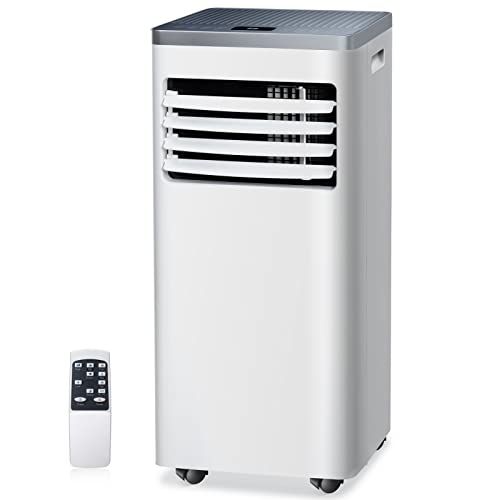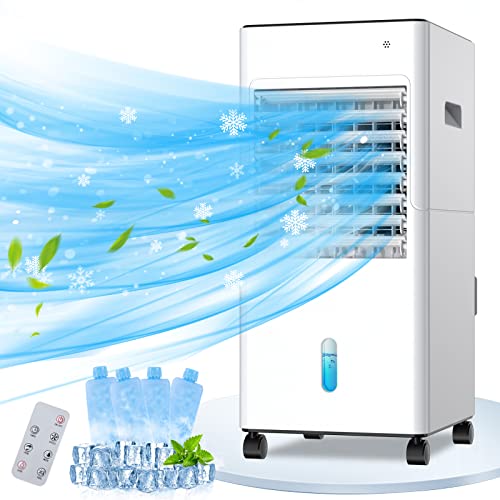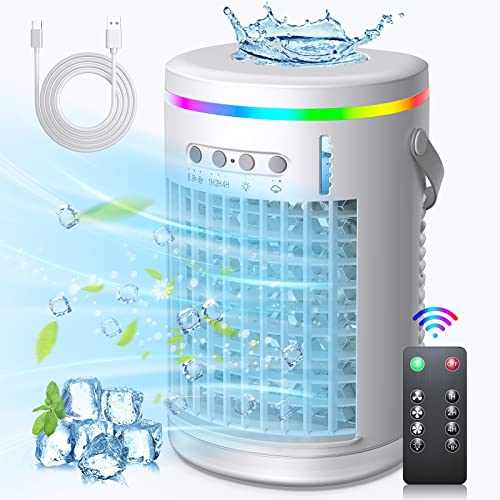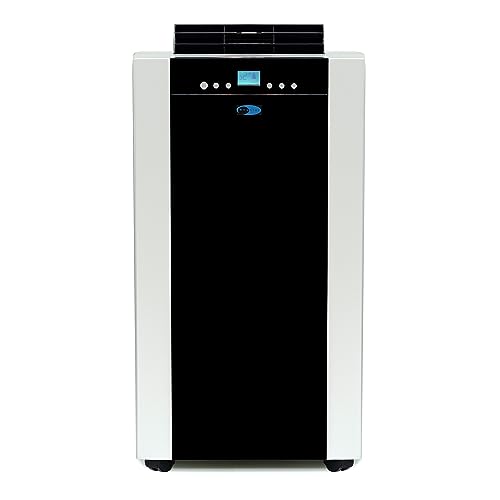Wall-Mounted Air Conditioning Unit
You're considering a wall-mounted air conditioning unit for efficient cooling without extensive ductwork. There are several types of wall-mounted ACs, including standard, ductless, and mini-split systems, each offering unique benefits like energy efficiency and quieter operation. To choose the right unit, consider factors such as cooling capacity, inverter technology, and noise levels. Professional installation is recommended to guarantee proper functionality and compliance with building codes. By selecting an energy-efficient model, you can greatly reduce your energy bills. To discover more about the features, installation requirements, and long-term benefits of wall-mounted AC units, explore the details further.
Types of Wall-Mounted ACs
Types of Wall-Mounted ACs
Wall-mounted air conditioning units come in various types, each offering unique advantages and installation requirements. When considering a wall-mounted AC, you have several options to choose from, including standard ACs, ductless AC systems, window ACs, and ductless mini-split systems.
Standard ACs are self-contained units that fit into a sleeve installed in an exterior wall, providing efficient cooling without ductwork. These are ideal for rooms with a direct exterior wall where a sleeve can be installed.
Ductless AC systems, also known as mini-split systems, consist of an indoor unit and an outdoor condenser. They allow for flexible installation on any wall and don't require ducting, making them perfect for homes without existing central air systems.
Many ductless systems come with a heat pump, offering both cooling and heating capabilities, measured in BTUs for year-round use.
Ductless Mini-Split Systems are highly efficient and can be configured for multi-zone control to manage temperature in different areas of a home.
They're known for their high cooling capacity and can be an excellent choice for larger spaces or for providing individual room temperature control.
Benefits of Wall-Mounted Units
Wall-mounted air conditioning units offer several key benefits that make them an attractive option for many households and businesses. These units are designed to provide targeted cooling solutions for single rooms, efficiently cooling spaces up to 700 square feet without the need for ductwork.
Wall-mounted units are also compact and take up less space compared to portable units, making them ideal for areas where floor space is limited. Here are some of the main advantages:
1. Energy Efficiency: With SEER ratings of up to 28, wall-mounted units can considerably lower your energy bills, saving you money in the long run. Their high SEER ratings make them more energy-efficient compared to many portable units.
2. Quieter Operation: Operating at noise levels below 50 dB, these units are quieter than many window units, making them ideal for residential settings where noise reduction is important.
3. Improved Indoor Air Quality: Many wall-mounted units come with optional air purification features, enhancing indoor air quality and improving overall comfort and health in living spaces.
4. Flexible Cooling Needs: These units are perfect for new home additions, garages, and spaces lacking existing ductwork, providing a reliable solution for your cooling needs.
Key Features to Consider
When selecting a wall-mounted air conditioner, it's important to take into account several key features to guarantee you find the right unit for your needs.
Energy efficiency is a critical factor, as it directly impacts your utility bills. Look for units with a high SEER rating (14.5 or higher) to assure improved energy efficiency and lower utility costs.
Inverter technology is another important feature to contemplate, as it adjusts compressor speed for ideal cooling and energy savings. Additionally, some models offer multi-functionality such as dehumidification, which can improve indoor air quality and overall utility.
Cooling capacity is also a key factor. Make sure the unit's BTU rating matches your room size—typically 25-30 BTUs per square foot.
Additionally, reflect on the noise level in decibels (dB) to guarantee a quieter operation. Inverter models generally operate below 50 dB, making them ideal for bedrooms and workspaces.
Installation Requirements
The installation of your wall-mounted air conditioning unit requires careful consideration to guarantee proper functionality and compliance with local building codes.
1. Professional installation is recommended for wall-mounted air conditioners to guarantee proper functionality and compliance with local building codes.
2. Installation typically involves cutting a hole in the exterior wall to fit the unit's sleeve and connecting it to the outdoor condenser if using a ductless system.
3. Electrical requirements must be assessed and met, including guaranteeing adequate power supply to support the unit's operation.
4. Proper sealing around the installation site is essential to prevent air leaks, which can notably impact energy efficiency.
Energy Efficiency Comparison
Energy Efficiency Comparison
When it comes to energy efficiency, wall-mounted air conditioners stand out compared to traditional central systems. These units can achieve SEER ratings of up to 28, considerably higher than many centralized cooling systems. This high energy efficiency is largely due to their targeted cooling capabilities, allowing you to cool specific rooms without wasting energy on unoccupied areas.
In fact, ductless systems, a type of wall-mounted AC, often provide 30% more energy savings than window units.
Inverter technology plays an essential role in this efficiency. It adjusts the compressor speed based on cooling demand, leading to considerable reductions in energy consumption. For instance, by using inverter-driven compressors, these units can maintain a consistent temperature without the frequent on-off cycling that can be disruptive and wasteful.
Choosing an ENERGY STAR certified wall-mounted air conditioner guarantees a SEER rating of at least 14.5, meeting strict energy efficiency guidelines. Regular maintenance, such as filter cleaning and coil inspection, can further improve the energy efficiency of these units by up to 15%.
Maintenance and Repair
Regular maintenance is key to guaranteeing your wall-mounted air conditioning unit operates efficiently and effectively.
It involves a series of tasks, including cleaning and replacing air filters, inspecting and cleaning drain lines, and scheduling annual professional servicing.
These activities not only help maintain the performance of your AC unit but also extend its lifespan.
Here are some essential maintenance tasks you should perform:
1. Clean or Replace Air Filters: Regularly clean or replace the air filters of your wall-mounted air conditioning unit every 1-3 months to maintain efficiency and air quality.
2. Inspect and Clean Drain Lines: Inspect and clean the drain lines at least once a season to prevent clogs and water damage.
3. Schedule Annual Professional Servicing: Schedule annual professional servicing to guarantee all components are functioning properly and to prolong the unit's lifespan.
4. Clear Debris from the Outdoor Unit: Clear any debris from the outdoor unit regularly to promote efficient airflow and cooling performance.
Cost and Investment Analysis
When considering a wall-mounted air conditioning unit for your home, evaluating the cost and investment is essential. The typical cost of these units ranges from1,600 to 3,500, with additional installation fees between,1,200 and 2,200. This investment, while substantial, can yield long-term benefits in energy efficiency and home comfort.
Choosing an energy-efficient model with a higher SEER rating can greatly reduce cooling costs. ENERGY STAR systems, for example, require a minimum SEER rating of 14.5.
Additionally, investing in a ductless mini-split system, which starts at approximately $4,500, provides the benefit of multi-zone temperature control, enhancing overall efficiency and comfort.
Over time, you can expect to save up to 30% in cooling costs compared to traditional window units, making wall-mounted AC units a cost-effective choice.
With a lifespan of 15-20 years, these units represent a long-term investment when properly maintained. As part of your home improvement, consider the installation and ongoing maintenance costs, but also weigh the benefits of enhanced comfort and energy savings.




